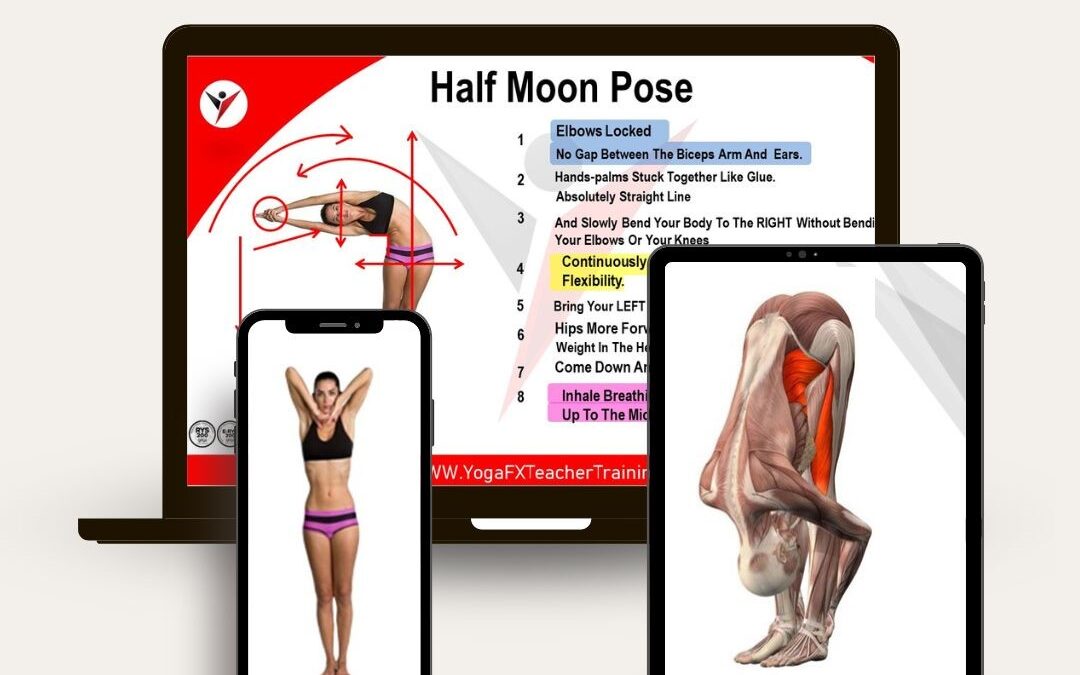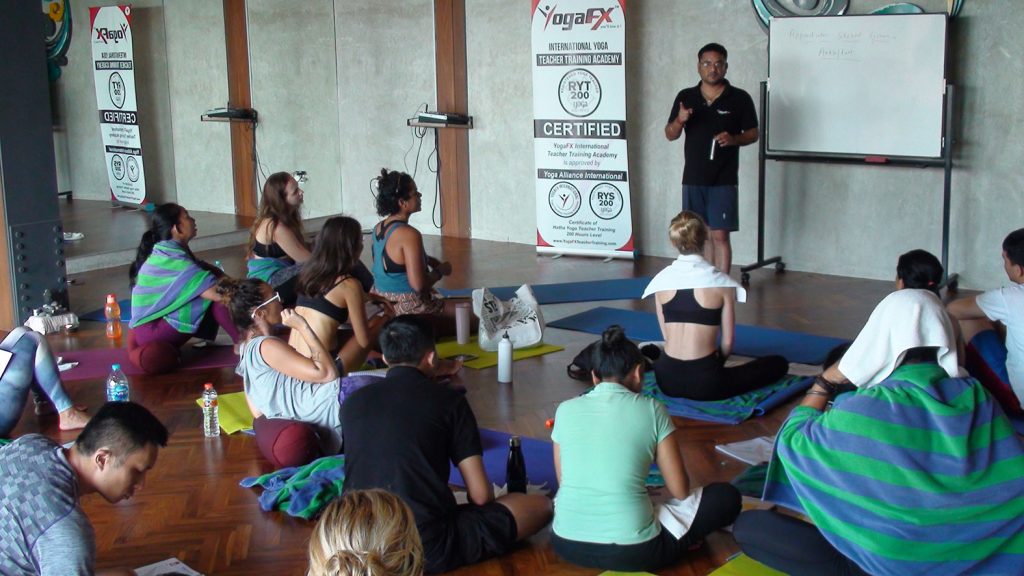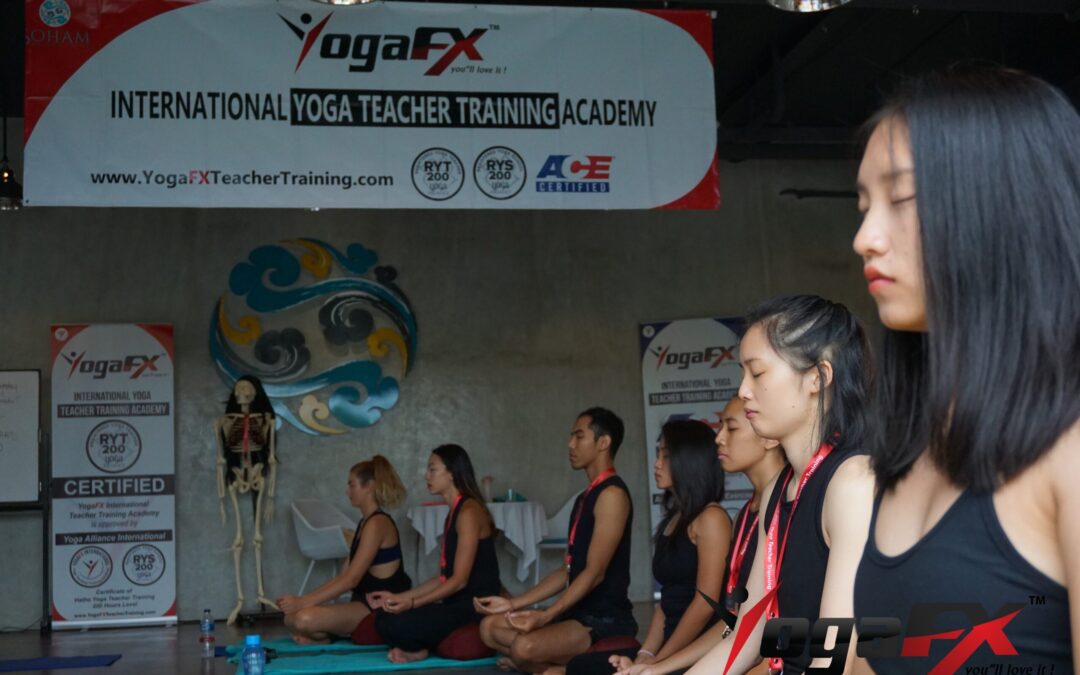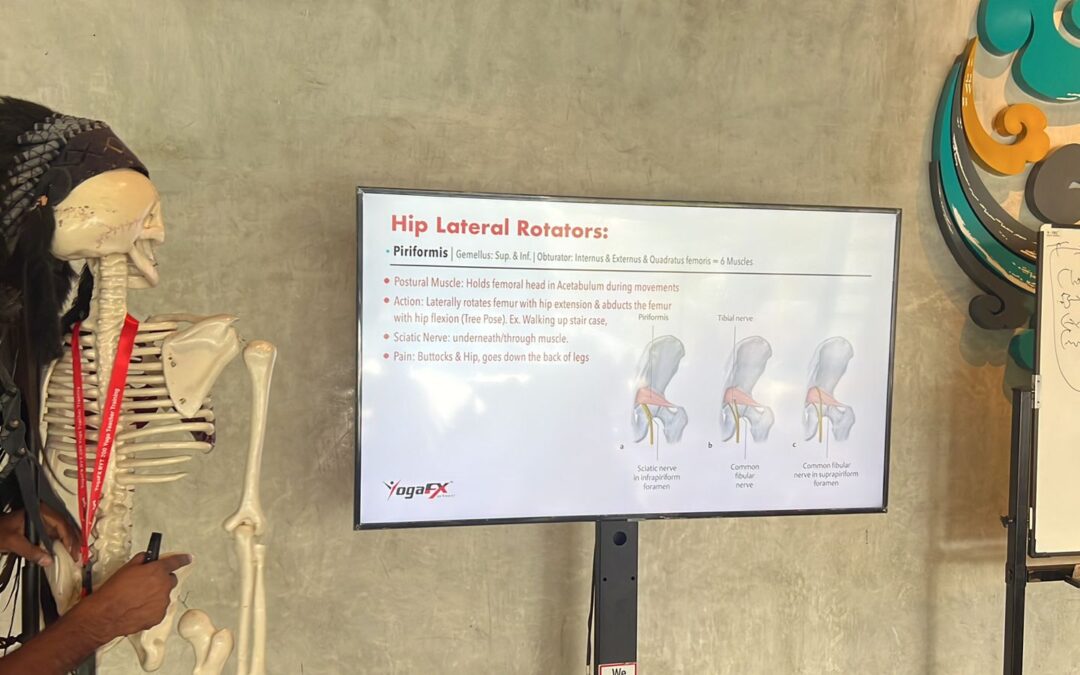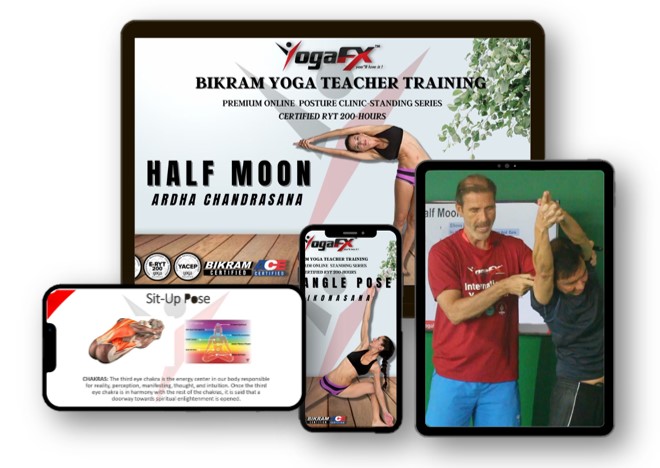The Bikram yoga sequence, consisting of 26 postures and 2 breathing exercises, has gained global recognition for its unique flow and transformative power. Bikram Choudhury, the creator of this sequence, meticulously designed each posture to target specific areas of the body, promoting strength, flexibility, and balance. In this article, we will delve into the essence of the Bikram yoga sequence, exploring its flow of postures, the benefits it offers, and how it can elevate your practice both physically and mentally. Get ready to unlock the transformative potential of the Bikram yoga sequence as we delve into the intricacies of this renowned practice.
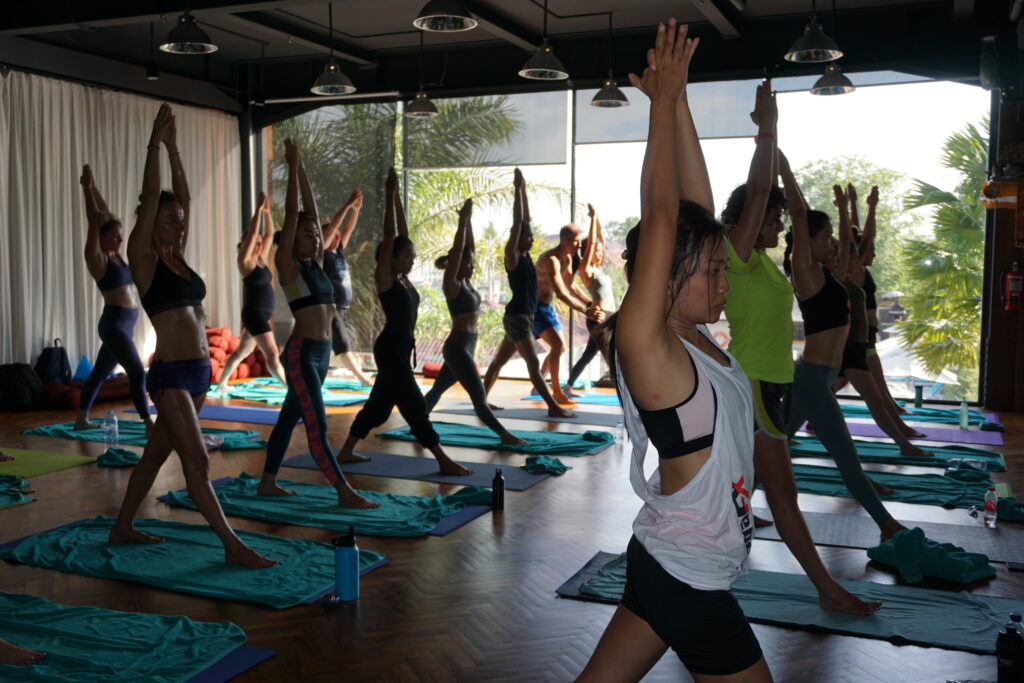
The Philosophy of Bikram Yoga
Bikram yoga, with its roots in Hatha yoga, is founded on the principles of discipline, determination, and self-discovery. Bikram Choudhury’s vision was to create a practice that not only improved physical health but also harmonized the mind and spirit. The Bikram yoga sequence is carefully structured to systematically work through the entire body, facilitating a holistic transformation from the inside out. Each posture builds upon the previous one, creating a flow that challenges practitioners while providing opportunities for growth and self-reflection.
“Your Reality Your Choice”
Benefits of the Bikram Yoga Sequence
The Bikram yoga sequence offers a myriad of benefits for practitioners at all levels. Through the precise execution of each posture, the sequence promotes improved cardiovascular health, increased flexibility, and enhanced strength. The 26 postures target various muscle groups, helping to tone the body and improve overall physical fitness. Additionally, the sequence stimulates the nervous system, promoting mental clarity, stress reduction, and improved focus. Regular practice of the Bikram yoga sequence can result in increased energy levels, enhanced mental well-being, and a greater sense of overall vitality.
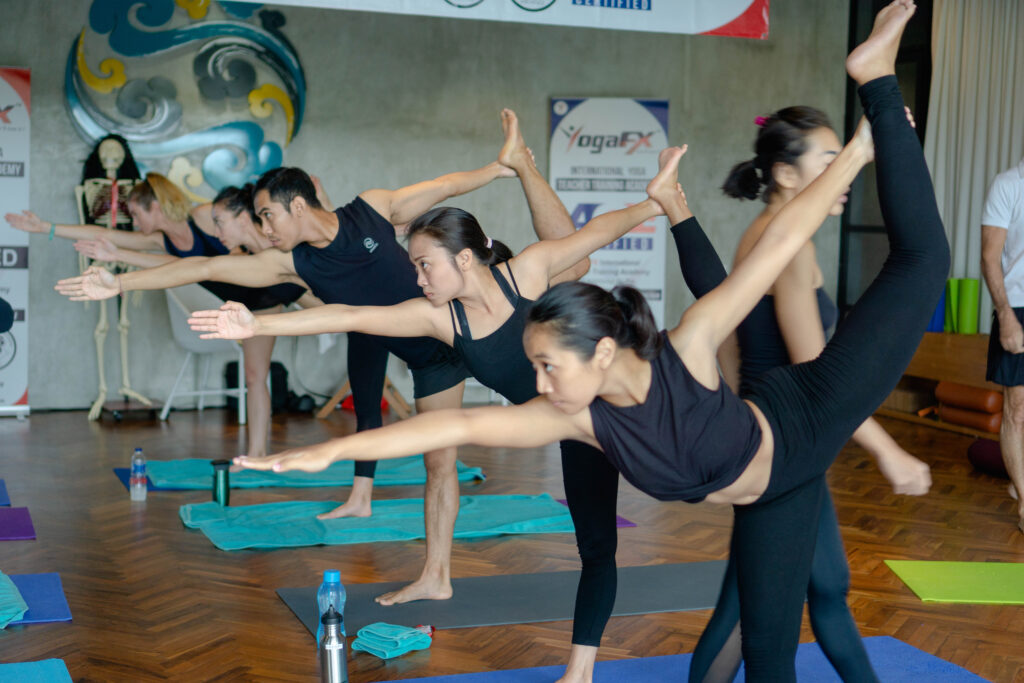
The Structure and Flow of the Bikram Yoga Sequence
The Bikram yoga sequence follows a specific order, carefully designed to optimize the benefits of each posture. Let’s explore the flow of the sequence and the postures it encompasses:
1. Pranayama Deep Breathing:
The sequence begins with Pranayama Deep Breathing, a breathing exercise that focuses on expanding lung capacity and calming the mind.
2. Half Moon Pose with Hands to Feet Pose:
The first posture combines Half Moon Pose and Hands to Feet Pose, stretching the entire body, improving balance, and strengthening the legs.
3. Awkward Pose:
Awkward Pose targets the thighs, hips, and buttocks, helping to tone and strengthen the lower body while improving posture and balance.
4. Eagle Pose:
Eagle Pose involves crossing the arms and legs, improving joint mobility, balance, and concentration. It also strengthens the legs and opens the shoulders.
5. Standing Head to Knee Pose:
This posture focuses on stretching the hamstrings, increasing flexibility, and improving balance. It also strengthens the abdominal muscles and improves mental focus.
6. Standing Bow Pulling Pose:
Standing Bow Pulling Pose is a dynamic posture that improves spinal flexibility, strengthens the legs and core, and improves overall body coordination.
7. Balancing Stick Pose:
Balancing Stick Pose helps to improve balance, focus, and coordination. It also engages the entire body, strengthening the legs, arms, and core.
8. Standing Separate Leg Stretching Pose:
This posture provides a deep stretch to the legs, hips, and lower back. It also helps improve flexibility, digestion, and circulation.
9. Triangle Pose:
Triangle Pose stretches the hips, hamstrings, and shoulders while improving spinal alignment and increasing flexibility in the legs and torso.
10. Standing Separate Leg Head to Knee Pose:
Standing Separate Leg Head to Knee Pose focuses on stretching the hamstrings, calves, and lower back. It improves flexibility and balance while stimulating the digestive system.
11. Tree Pose:
Tree Pose is a balancing posture that strengthens the legs and improves focus and concentration. It also opens the hips and stretches the inner thighs.
12. Toe Stand Pose:
Toe Stand Pose strengthens the ankles, improves balance, and opens the hips. It also helps improve digestion and concentration.
13. Savasana:
Following the standing series, a short rest is taken in Savasana, allowing practitioners to relax and rejuvenate before transitioning to the floor series.
14. Wind-Removing Pose:
Wind-Removing Pose helps to release gas from the digestive system, improves digestion, and massages the abdominal organs.
15. Cobra Pose:
Cobra Pose strengthens the back muscles, stretches the chest and shoulders, and improves spinal flexibility. It also stimulates the digestive system.
16. Locust Pose:
Locust Pose strengthens the muscles of the spine, buttocks, and backs of the legs. It improves posture and helps alleviate lower back pain.
17. Full Locust Pose:
Full Locust Pose further strengthens the muscles of the spine, buttocks, and legs. It improves posture, enhances spinal flexibility, and stimulates the digestive system.
18. Bow Pose:
Bow Pose opens the chest, stretches the front of the body, and strengthens the back muscles. It also improves spinal flexibility and digestion.
19. Fixed Firm Pose:
Fixed Firm Pose stretches the thighs, knees, and ankles while improving flexibility in the lower body. It helps relieve knee pain and improves digestion.
20. Half Tortoise Pose:
Half Tortoise Pose is a calming posture that stretches the spine and shoulders, improves posture, and increases lung capacity.
21. Camel Pose:
Camel Pose is a deep backbend that stretches the entire front of the body, improves spinal flexibility, and strengthens the back muscles.
22. Rabbit Pose:
Rabbit Pose is an inversion that stretches the spine and massages the organs. It also increases circulation to the brain and improves mental clarity.
23. Head to Knee Pose with Stretching Pose:
Head to Knee Pose with Stretching Pose targets the hamstrings, lower back, and hips. It helps improve flexibility, digestion, and spinal alignment.
24. Spine Twisting Pose:
Spine Twisting Pose improves spinal mobility and flexibility. It also stimulates the digestive system and promotes detoxification.
25. Blowing in Firm Pose:
Blowing in Firm Pose is a pranayama technique that helps increase lung capacity, cleanse the respiratory system, and promote relaxation.
26. Kapalbhati Pranayama:
The final posture in the sequence is Kapalbhati Pranayama, a breathing exercise that energizes the body, purifies the mind and promotes mental clarity.
Alignment and Technique in the Bikram Yoga Sequence
Proper alignment and technique are fundamental in the Bikram yoga sequence. Instructors emphasize precise execution of each posture to ensure maximum benefits and minimize the risk of injury. The sequence encourages practitioners to engage the core, maintain proper spinal alignment, and find the balance between effort and ease. Experienced instructors provide alignment cues and hands-on adjustments to help practitioners find their optimal alignment in each posture.
Breath and Mindfulness in the Bikram Yoga Sequence
The breath plays a vital role in the Bikram yoga sequence, serving as a foundation for the practice. Practitioners are encouraged to synchronize their breath with the movements, fostering a deep connection between body and mind. By cultivating mindfulness and focusing on the present moment, practitioners experience a sense of grounding and inner peace throughout the sequence. The breath becomes a guiding force, allowing practitioners to stay centered and connected to their practice.
The Role of Heat in the Bikram Yoga Sequence
The Bikram yoga sequence is typically practiced in a heated room, with temperatures set around 105 degrees Fahrenheit and humidity levels controlled. The heat serves multiple purposes. Firstly, it warms up the muscles, allowing for increased flexibility and deeper stretching. Secondly, it helps to detoxify the body by promoting sweating, thereby releasing toxins and impurities. Lastly, the heat aids in cardiovascular conditioning, promoting endurance and stamina during the practice.
Progression and Mastery in the Bikram Yoga Sequence
Mastery of the Bikram yoga sequence is a journey that requires dedication, consistency, and patience. As practitioners progress in their practice, they develop a deeper understanding of each posture, refine their alignment, and experience greater ease and depth. The sequence offers room for growth and exploration, allowing practitioners to challenge themselves while honoring their bodies’ limitations. Each practice becomes an opportunity for self-discovery and personal transformation.
Personal Experiences and Testimonials
Countless individuals have experienced profound transformations through the practice of the Bikram yoga sequence. Practitioners have reported improved physical fitness, weight loss, increased mental clarity, reduced stress, and enhanced overall well-being. The sequence has empowered individuals to overcome personal challenges, cultivate self-discipline, and foster a deeper connection to themselves and others. These personal stories and testimonials serve as a testament to the transformative power of the Bikram yoga sequence.

Conclusion
The Bikram yoga sequence unlocks a transformative flow of postures, offering practitioners an opportunity to enhance physical fitness, cultivate mental clarity, and experience inner growth. For those aspiring to deepen their practice and share the gift of Bikram yoga with others, the Bikram Hot YogaFX teacher training, led by Mr. Ian and YogaFX, is an exceptional opportunity. This Yoga Alliance certified training equips aspiring teachers with the necessary skills, knowledge, and guidance to become certified Bikram yoga instructors. Embrace the transformative power of the Bikram yoga sequence, embark on a journey of self-discovery and growth, and consider the Bikram yoga teacher training YogaFX as a pathway to sharing this powerful practice with others. Let the transformative flow of the Bikram yoga sequence awaken your mind, invigorate your body, and nurture your spirit.


